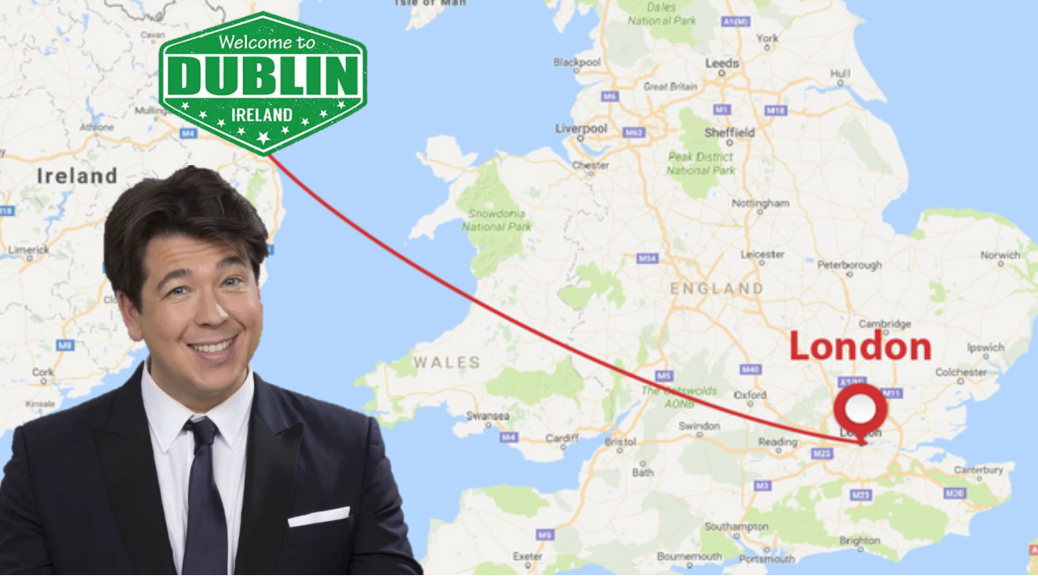Following his much publicised mugging in North London, comedian Michael McIntyre quipped that he might consider swapping London for Dublin. To help him make an informed decision, here’s a comparison of the real estate investment opportunities that both present; something we have been looking at closely in recent months.
We have been focused on investment opportunities in Dublin since the conception of South Hill Capital in 2013. As a developing market, our investment experience led us to the opportunities arising there, such as the many historic Georgian buildings, which had been neglected since the market crashed in 2010.
Since our work there began, the landscape has changed drastically. We entered at a time where confidence in the market was low. Now, years on, Dublin has proved itself as an area of promise, with interest from a range of investment parties now creating a competitive buyers’ market. Many are now looking to maximise land values through new-trend opportunities, such as high-density living, backed by institutional investment.
Dublin is gradually earning its title as a prime market alongside the likes of Paris, Frankfurt and London. Factors such as Brexit have played an enormous role in defining Dublin’s value and depending on whether a ‘hard’ or ‘soft’ border is outlined, it stands to become a crucial area for London-based firms to make inroads into the EU.
London has a diverse residential market, which is developing outer-prime space, creating demand for prime housing stock beyond that of the Mayfair, Kensington and Chelsea postcodes. With projects such as the Elizabeth line, the boundaries defining where is and isn’t desirable in London are being re-written. The introduction of new and key infrastructure is coupled with fantastic placemaking initiatives, together shining a light on new and promising parts of the city. The next London Plan annual monitoring report is due to be published in July this year and will provide an update on the progress made since its conception.
While a housing crisis exists, the new London plan is beginning to take shape and is paving the way for investors and developers to address the existing issues. This means updates to legislation concerning new build methods such as BTR and Co-Living. Co-living is an area we have touched on previously; an innovative new offering to the residential market that would provide answers to some of the current issues concerning both Dublin and London.
Although some would speculate that London is facing uncertain times, there is still a strong market for London, especially for those with funds that can be opportunistic and willing to take a long-term view on investments.

